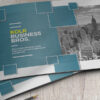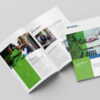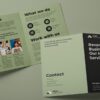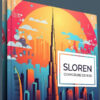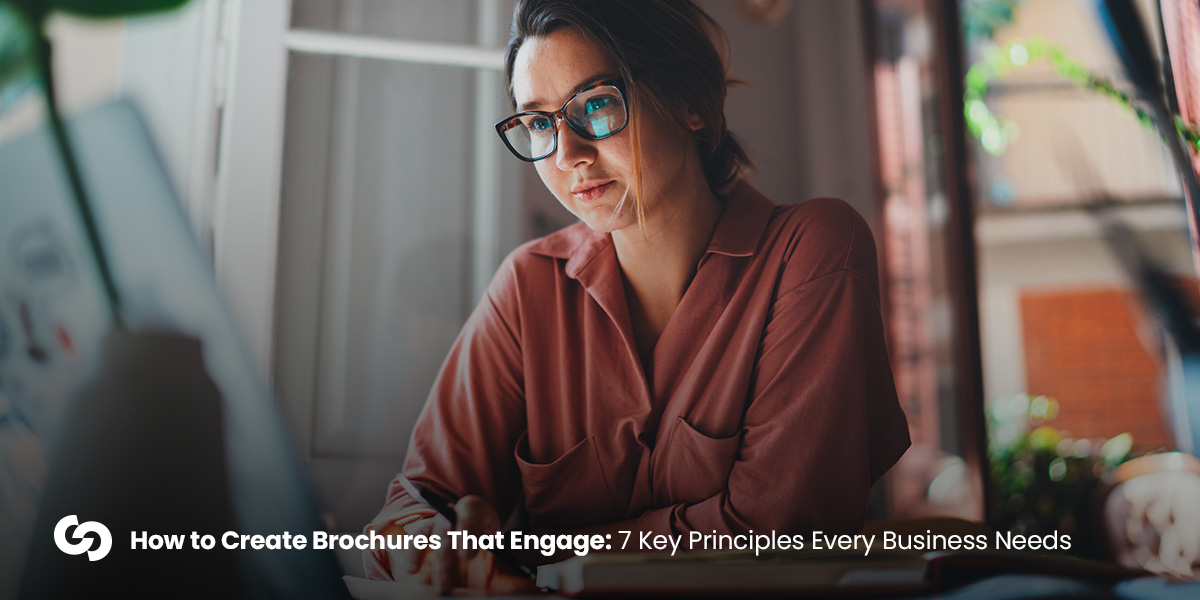
How to Design Brochures That Truly Engage Your Audience | 7 Essential Principles
In today’s visually driven marketplace, the ability to communicate clearly and persuasively through a brochure is a powerful advantage. Whether you are a startup introducing a new product or a seasoned brand undergoing a rebranding effort, a well-designed brochure serves as a vital marketing tool. As a leading brochure design agency, we’ve worked with diverse businesses across Dubai and the UAE to craft brochures that inform, inspire, and convert. Here are seven essential principles that every business should follow to create brochures that genuinely engage audiences.
1. Know Your Audience and Their Needs
Before designing a single element, it’s crucial to understand your target audience. Knowing your audience helps shape not only the content of the brochure but also its tone, layout, and visual appeal. For instance, a tech startup may seek a minimalist layout with vibrant colors, while a financial services firm might favor a more traditional and conservative design.
Understanding your audience involves identifying their pain points, preferences, and what motivates them. A brochure design agency worth its name will start every project with a comprehensive discovery phase, diving into market research and brand analysis to tailor messaging effectively. This strategic step ensures the brochure speaks directly to your ideal customer.
2. Focus on Clear, Concise Messaging
Brochures have limited space to make an impression. Clarity and brevity are your best allies. A successful brochure should communicate essential information quickly. Use short paragraphs, bullet points, and informative headings to make your content scannable.
Avoid technical jargon unless absolutely necessary, and always aim to simplify complex information. For example, a brochure explaining IT services should translate technical processes into benefits that customers can easily understand. A good rule of thumb is to highlight what sets your company apart in the simplest, most relatable language possible.
A brochure design agency will often work with experienced content strategists and copywriters who ensure every word earns its place, balancing clarity with persuasive storytelling.
3. Create a Visually Appealing Layout
The layout of your brochure has a massive impact on how readers absorb and respond to the information. A compelling brochure uses design elements like alignment, spacing, contrast, and balance to lead the reader naturally through the content.
Visual hierarchy is key—important information should stand out using size, color, or placement. Brochures should not appear cluttered; white space is your friend. It gives your content room to breathe and improves readability.
Using brand-aligned typography, consistent color palettes, and engaging images will help communicate professionalism and build trust. Collaborating with a creative brochure design agency ensures that each visual element aligns with your brand identity and enhances the reader experience.
4. Incorporate Strong Branding Elements
Brand consistency is more than using your logo on the front page. It means embedding your brand’s personality into every aspect of the design. This includes font choice, tone of language, image style, iconography, and even paper quality.
For companies in luxury sectors or high-end services, the use of high-quality materials and sophisticated design can convey exclusivity and prestige. Meanwhile, eco-conscious brands might prefer sustainable materials and earthy tones.
Every element of the brochure should reflect your brand’s identity. A professional design agency ensures that your branding remains cohesive across all formats—digital, print, and promotional materials.
5. Highlight a Clear Call to Action (CTA)
No brochure is complete without a clear, compelling call to action. The CTA directs the reader to take the next step, whether it’s booking a consultation, visiting a website, or making a purchase.
Your CTA should be visually prominent and easy to understand. Use action-oriented language that conveys urgency and value. Examples include: “Call today for a free quote,” “Schedule your consultation now,” or “Explore our full catalog online.”
Position the CTA strategically within your brochure—usually at the end or near major selling points. Some brochures may benefit from repeating the CTA in multiple locations for emphasis.
6. Use High-Quality Imagery
Images are powerful communicators and can convey emotions and information faster than text. But only if they are high quality, relevant, and professionally edited. Poor-quality images diminish credibility and make the brochure look unprofessional.
For example, a real estate agency brochure should feature high-resolution images of properties, ideally photographed in natural light. A restaurant brochure could highlight mouthwatering food photography, while a health clinic might use professional portraits of staff and facilities to convey trust and hygiene.
Custom graphics, such as icons and infographics, also play an important role in conveying data in a digestible format. Make sure all visuals align with your brand’s tone and audience expectations.
7. Optimize for Printing and Digital Use
In the digital age, your brochure should perform just as well on a screen as it does on paper. Optimizing your design for both mediums ensures a broader reach and greater impact.
Printed brochures should use high-resolution files, proper bleed settings, and paper specifications. Meanwhile, digital versions must be responsive across devices, load quickly, and maintain readability.
Consider adding QR codes, clickable links, or embedded videos in digital versions to make your brochure interactive. This blend of traditional and digital functionality ensures that you meet customers wherever they are—in person, in print, or online.
Conclusion
Designing a brochure that truly engages your audience requires thoughtful planning, strategic content, and expert visual execution. These seven principles—understanding your audience, crafting clear messaging, creating appealing layouts, ensuring brand consistency, including strong CTAs, using quality imagery, and optimizing for multiple formats—are the foundation of an effective brochure.
Whether you’re a startup launching your first product or a multinational expanding into new markets, a professional brochure can be the key to unlocking greater brand visibility and customer engagement. Partnering with a skilled brochure design agency ensures that your marketing materials reflect the quality and professionalism of your business, helping you stand out in a competitive market like Dubai and beyond.
By following these core principles, your brochure won’t just be another piece of paper—it will be a strategic asset that drives results.
